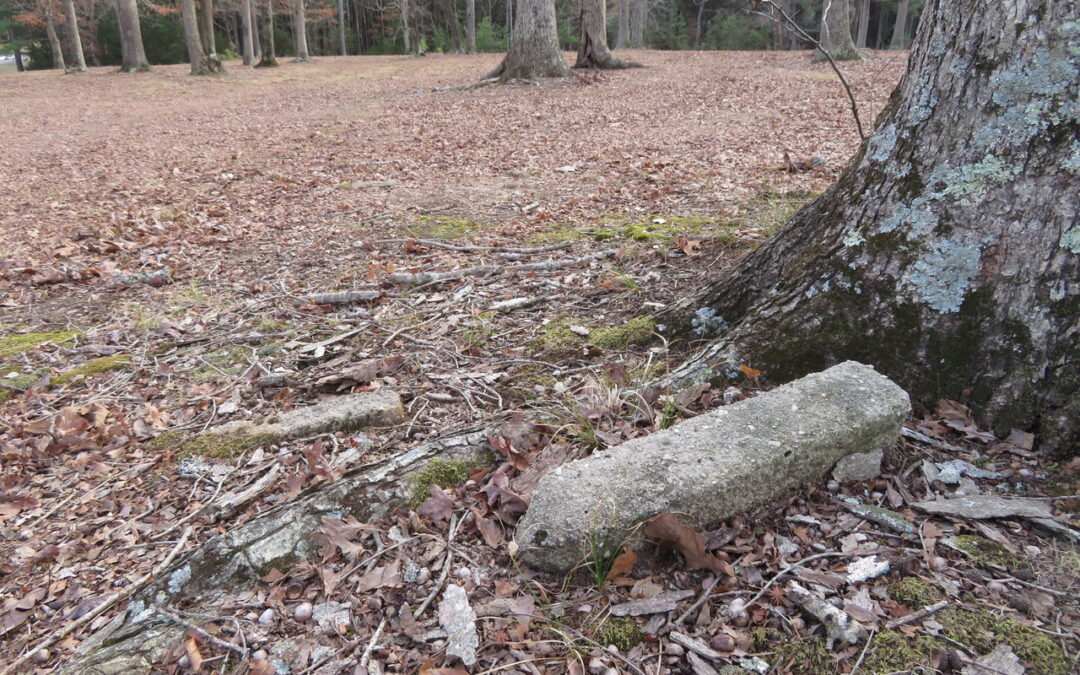ACRA is celebrating the work of its member firms through this new series highlighting 2022 projects. To be featured, submit your project here.
Virginia Central State Hospital Unmarked Cemetery Documentation
Petersburg, Virginia
The Ottery Group
The Ottery Group conducted cultural resource inventory and historic documentation for resources at the Virginia Central State Mental Hospital (CSH) in Petersburg, Virginia, including earthworks associated with the collapse of the Confederate defenses of Petersburg on April 1-2, 1865, and a large, unmarked cemetery associated with the period of Virginia’s segregation of public mental asylums, when CSH was used to treat African American patients starting in 1884.

Geophysical survey of the unmarked cemetery resulted in the location of at least 4,200 individual interments and as many as 4,480 individuals interred between 1884 and 1924, throughout an area of approximately 5 acres. Ground-penetrating radar results suggest that each grave contained one individual and not more, and that graves were arranged in orderly rows. The extent of burials also suggests that the cemetery was not full when a new cemetery was established further away from the core area of the hospital campus after 1924. A small number of displaced, numbered concrete grave markers remaining in the cemetery shows that the cemetery had been marked in a fashion similar to the later cemetery, which is still in use.
Archival research regarding the historical operation of the cemetery and the handling of the remains of patients who died in the care of the hospital revealed that the number of burials present in the cemetery could not account for the number of reported deaths of patients at CSH during this period. The Ottery Group accessed anonymized, HIPAA-compliant hospital records through a project of Dr. King E. Davis at the University of Texas at Austin, to digitize the hospital archive as a record of African American mental health treatment and the history of segregated care in Virginia. These records indicated that a proportion of patients who died in care of the hospital were claimed by family and interred at private cemeteries, but that a significant number were obtained by the Virginia State Anatomical Board and transported to Richmond for anatomical dissection by medical students, as was authorized under a state law passed in 1884. The Ottery Group compiled and analyzed data on causes of death and other social statistics reported by the Virginia Commonwealth, as well as the hospital’s policies and practices around patient death, autopsy, and burial.
The cemetery area will be preserved at the hospital campus with a historic marker placed on the site by Virginia’s Department of Historic Resources.

